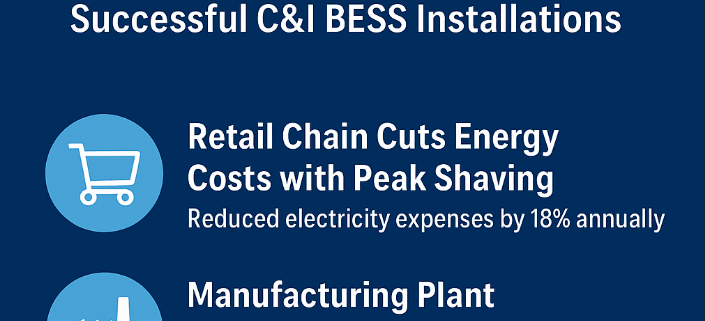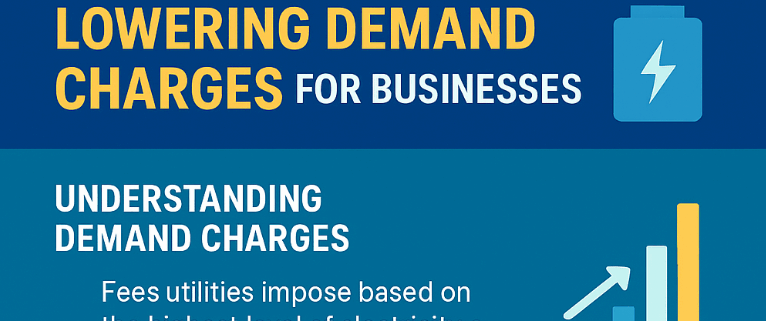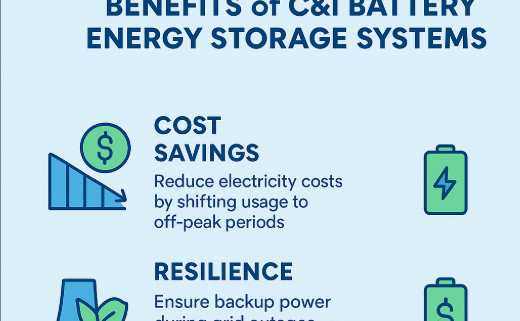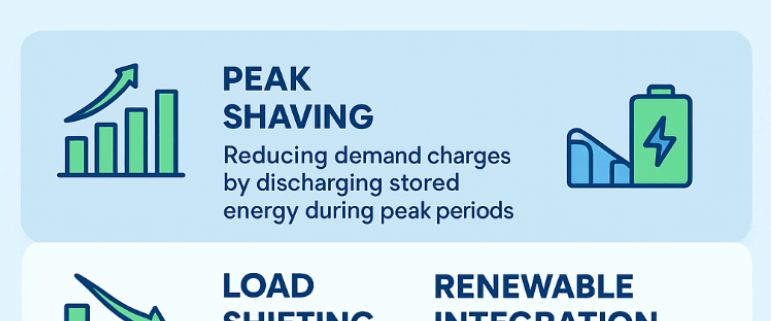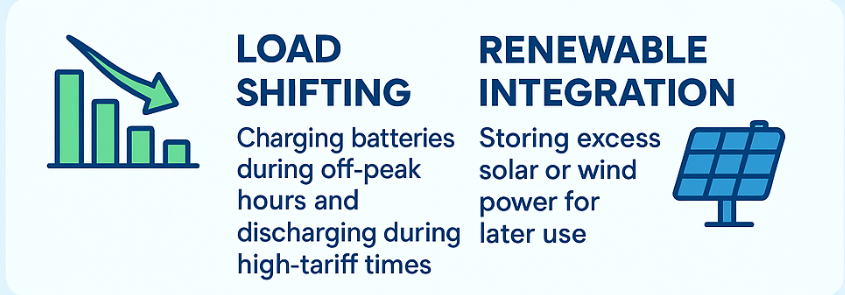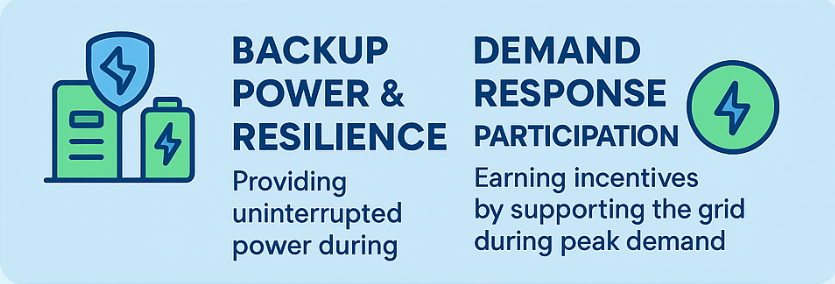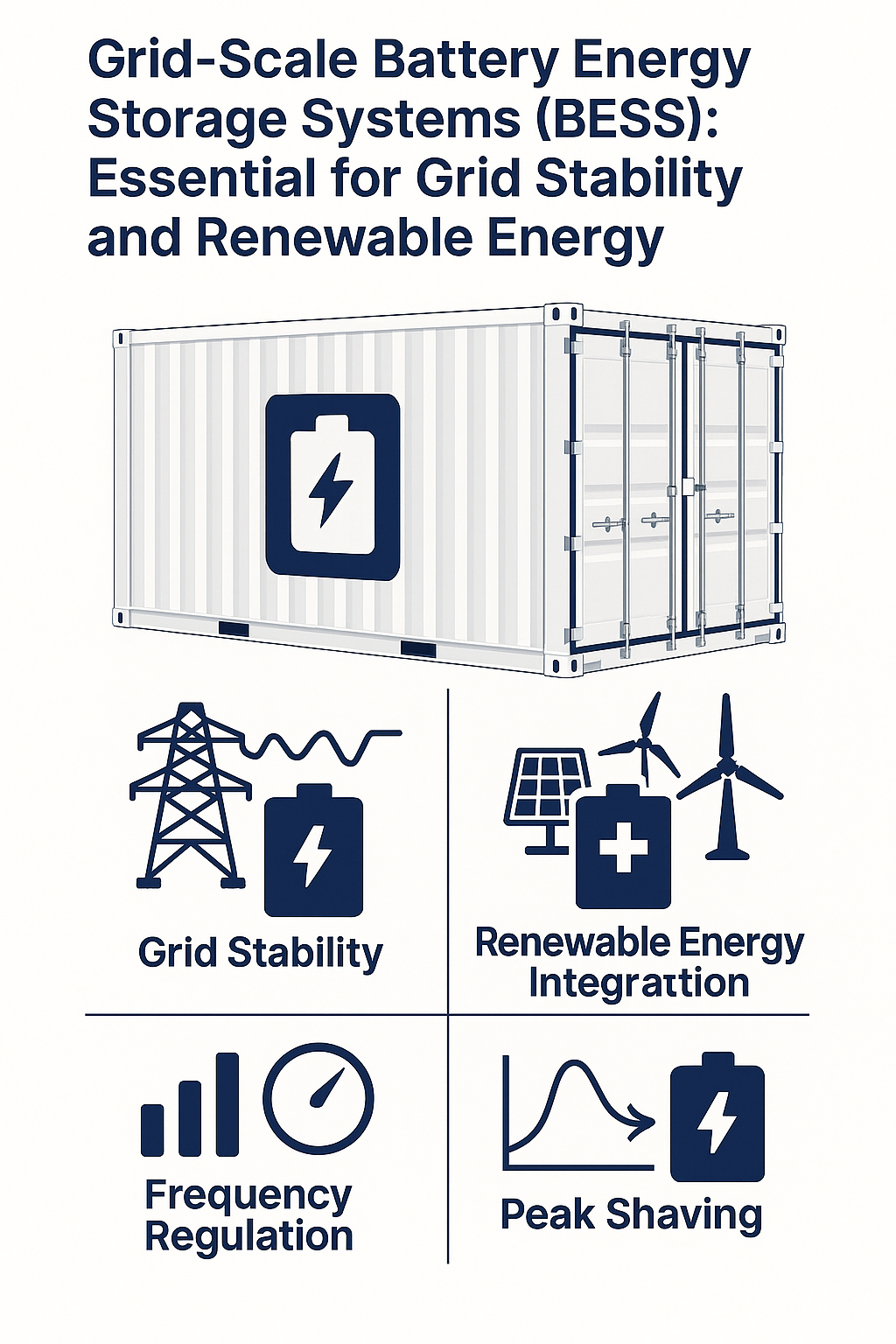Real-World Case Studies: Successful C&I BESS Installations
C&I BESS case studies provide powerful proof of how energy storage systems deliver measurable benefits in commercial and industrial settings. By examining successful deployments, businesses can see real-world evidence of cost savings, resilience improvements, and renewable energy integration. This article showcases real-life examples across industries, linking back to applications of BESS and the economic benefits of deployment.
Case Study 1: Retail Chain Cuts Energy Costs with Peak Shaving
A large retail chain in the U.S. adopted a C&I BESS to manage demand charges. By reducing peak load, the business cut electricity expenses by 18% annually. The system also provided backup power during outages, improving reliability.
Key Outcome: Cost savings + resilience.
Case Study 2: Manufacturing Plant Improves Power Quality
An industrial manufacturer in Germany faced frequent voltage fluctuations, disrupting operations. A 5 MWh BESS was deployed to stabilize the grid connection and smooth load profiles. The plant saw reduced downtime and higher operational efficiency.
Key Outcome: Enhanced power quality + productivity.
Case Study 3: Data Center Achieves 24/7 Uptime
Data centers require uninterrupted power. A Singapore-based data center installed a C&I BESS as part of its microgrid. The system ensured seamless switchover during grid disturbances, protecting sensitive equipment and avoiding costly downtime.
Key Outcome: Reliability + continuous operations.
Case Study 4: Winery Integrates Solar with Storage

A California winery combined its solar array with a 2 MWh C&I BESS. The system shifted solar energy into evening hours, reducing grid dependency and supporting sustainability goals. Seasonal operations benefited from greater flexibility.
Key Outcome: Renewable integration + sustainability.
Case Study 5: Hospital Increases Energy Resilience
Hospitals must prioritize uninterrupted energy supply. A hospital in Australia deployed BESS alongside diesel generators. The hybrid system provided critical backup, reduced fuel costs, and aligned with green initiatives.
Key Outcome: Energy security + reduced emissions.
Lessons Learned from C&I BESS Case Studies
Across these case studies, common success factors emerge:
- Peak shaving and demand charge reduction directly improve the bottom line.
- Improved resilience and power quality safeguard operations.
- Integration with renewables aligns with sustainability and ESG goals.
- Scalability and flexibility make BESS suitable across diverse industries.
Conclusion
Real-world C&I BESS case studies demonstrate the versatility and value of energy storage. From retail and manufacturing to data centers and healthcare, businesses are achieving cost savings, operational resilience, and sustainable energy strategies. Companies evaluating storage can learn from these successes and explore how C&I BESS can strengthen their operations.
For deeper insights, revisit the applications of C&I BESS, the benefits, and the economics of deployment


